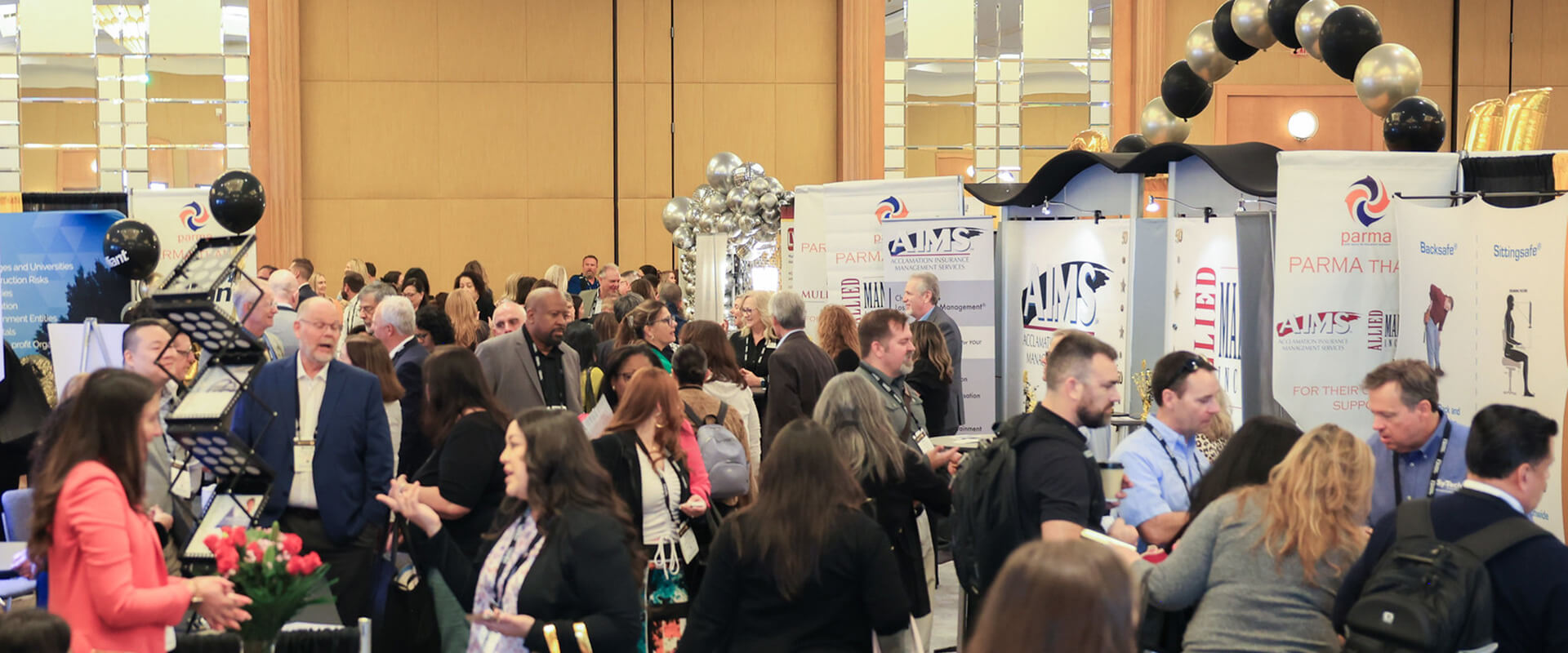Will growing scenes of hurricanes, wildfires and volcanoes make us a go-bag people?
Will repeated exposure to vivid scenes of natural disaster – Western wildfires, a global heat wave, Hawaiian volcano eruptions, the 2017 hurricanes’ anniversary and a suddenly active 2018 season – finally turn America into a go-bag nation, prepared for calamity and ready to flee it?
Experience counsels skepticism. So does human nature.











